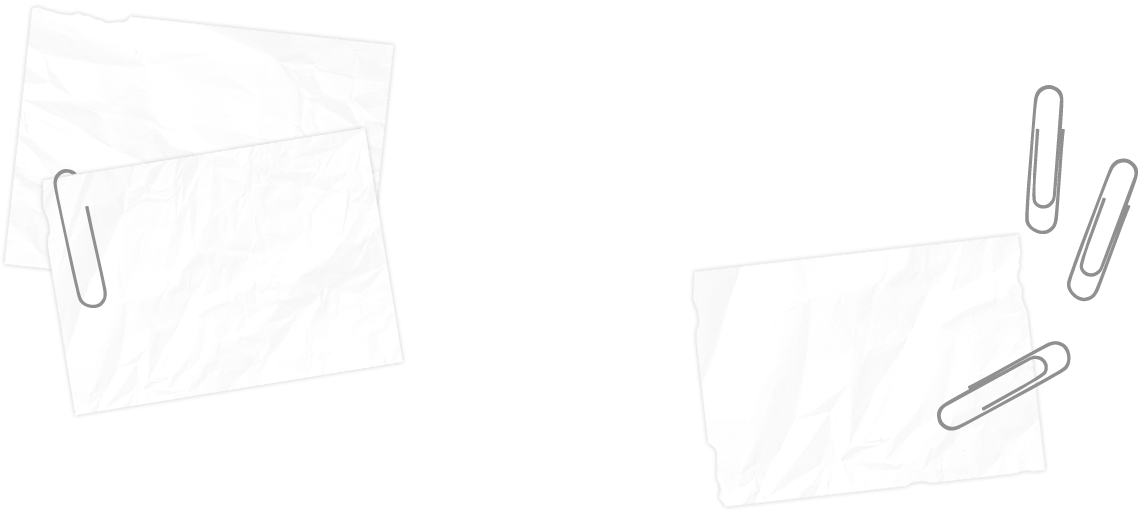
Citizens Leadership
Academy


“My work is at the beginning of a long path, and hopefully 10-20 years from now, these observations will lead to new treatment for prostate or colon cancer, or prevent cancer from ever occuring."
- Angela Ting
About the Cleveland Clinic
-
Founded in 1921
-
5.1 million patient visits per year
-
3,000+ physicians and scientists
-
Heart and heart surgery has been ranked
No. 1 since 1995
Source: clevelandclinic.org
Dr. Angela Ting
Cancer Research Scientist at the Cleveland Clinic
by Tatiana Shepherd, crew 3
In her lab, Ting striving to find cures for cancer. She used to do 90 percent of lab work, but now she teaches her students lab work. She studies epigenetics, which cells use to turn on and off certain sets of genes. There are dramatic differences between normal cells and cancer cells, but technology 30 years ago was not advanced enough for researchers to look at the changes everywhere. “We developed the technology to allow people to look for one specific epigenetic modification in a very convenient and cost-effective way,” Ting, 35, explained. That is a significant contribution to the field of cancer and other biomedical disciplines.
Furthermore, Ting does grant writing so she can get money to keep her lab open. When she first started her lab, she applied for 29 grants. They all failed, but when she wrote her 30th grant with ideas for how to cure cancer, it was accepted. “Grant writing get frustrating sometimes,” described Ting. It is frustrating for her because it is hard to get the grants to get approved. “Writing itself is enjoyable,” explained Ting. It is enjoyable because “it is a chance for me to think about our ideas and pick the one that is most well developed,” explained Ting.
Ting’s interest in science goes back to middle school, when she moved to Canada. Biology really caught her eye because there are still a lot of unanswered questions that could help solve problems and cure diseases. Ting became determined to make career out of science because she wanted to be able to answer these questions. “I had a great teacher that was very patient. We took field trips, we learned from actually doing things, touching things, instead of just reading about them in textbooks,” recalled Ting.
Additionally, patients at the Cleveland Clinic inspire her to do her research because she wants to find out how they got cancer. “They remind me what we still have much to do in order to eliminate suffering from these diseases,” Ting explained. Also Ting’s husband inspires her work because he is a surgeon who tells her the stories of the patients he treats. “He shares with me how he thinks he can reduce the suffering or eliminating suffering completely for his patients he sees,” Ting said.
The most difficult part of Ting’s job is firing people because science class doesn’t teach you how to manage people. “Running a lab is a little like running your own business,” said Ting. Ting’s favorite part of her job is discussing science with her trainees. Her trainees include her students and postdoctoral fellows. It’s her favorite part of her job because she gets to think about scientific questions they are working on, discussing exciting results and sometimes put our heads together to solve mysteries. “It’s what I imagined being a scientist is all about when she was my age,” explained Ting.
In the future Ting hopes that her lab will get bigger so she can investigate more ideas and develop her lab’s findings into tangible products that can help patients. Some of the questions and projects are helping her lab come up with some ideas to cure cancer. “I want to grow my lab a little bit bigger,” Ting explained.
Ting said finding a cure for cancer is her ultimate goal, so she shares her findings with other labs around the world. The path to curing cancer is challenging, but Ting believes it can be done. “I hope that people who are smarter than me, more creative than me, even harder working than me will want to get into this field and answer questions we still struggle with,” she said.
